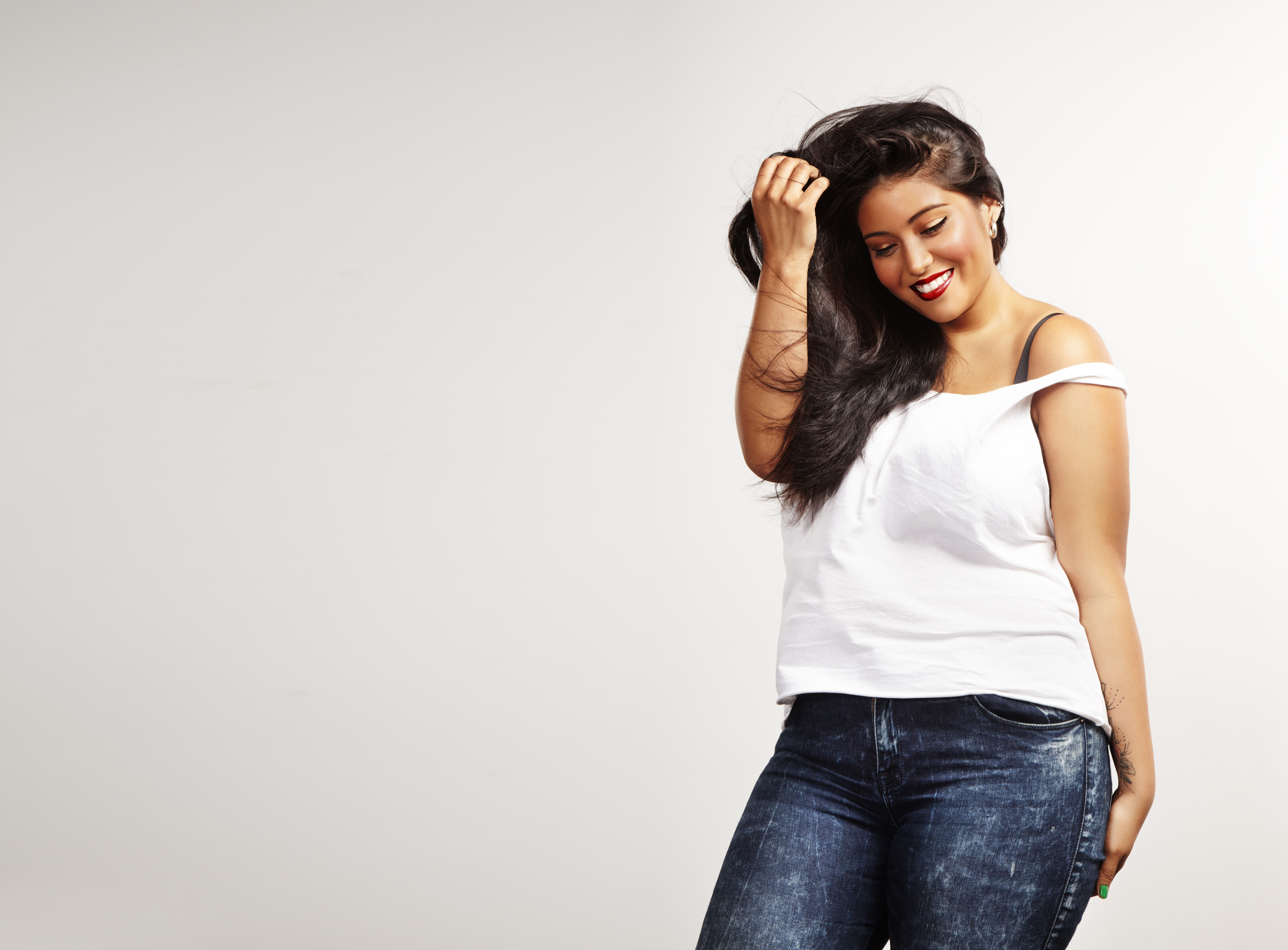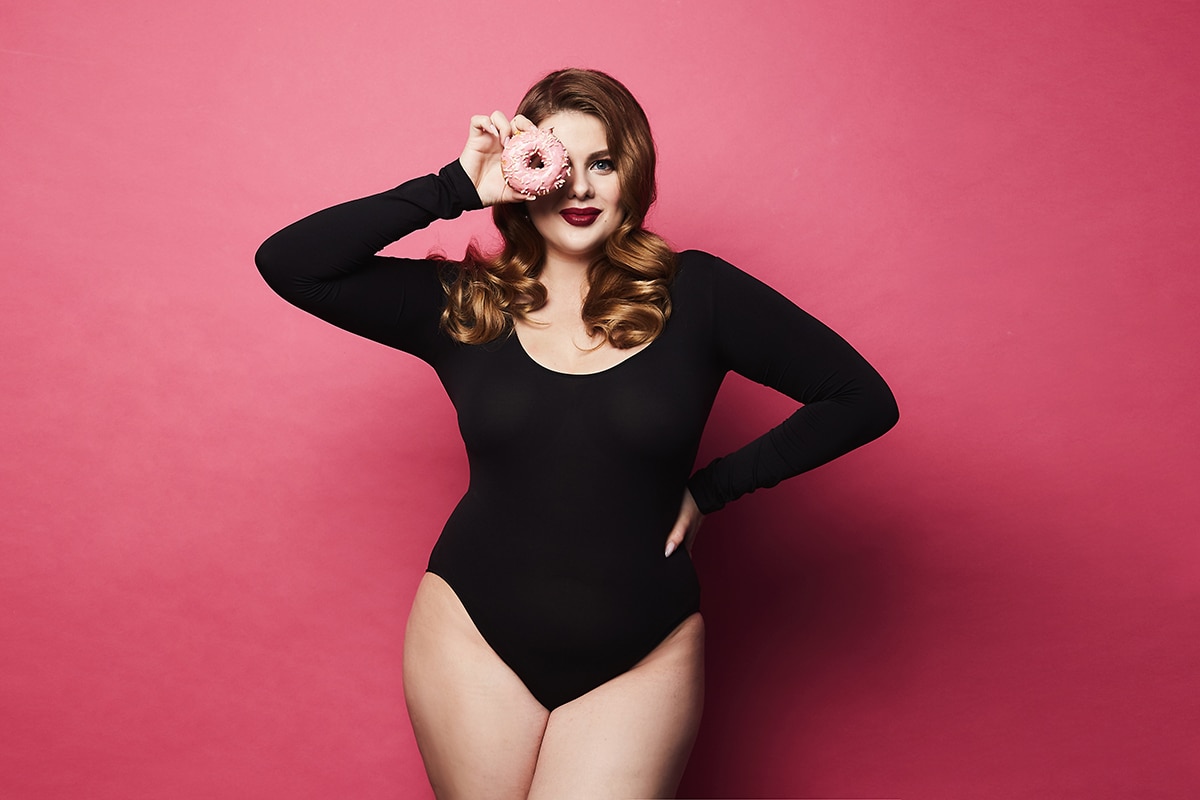The Pressures of Plus-Sized Modelling
While it’s common knowledge that models face a lot of pressure to look a certain way, what’s less well-known is that plus-sized models also have certain standards to maintain.
Plus-sized models are expected to face less scrutiny of their weight and size – but the reality is that they too must face the same critique with regards to their weight, shape and size.
Aren’t Plus-Sized Models Supposed to Represent Diversity?
Plus models became popular in a bid for the fashion industry to be more inclusive – but that doesn’t stop them implementing difficult rules and regulations for plus-sized models to follow. 20-year-old model Sonny Turner, from Birmingham, says there’s still plenty of discrimination.
“Even within the plus-size industry there’s still pressure to look a certain way, and a preference to be hourglass,” she says.
You Can Be Fat – But Not Too Fat
Sonny went on to reveal that many “plus-sized” models actually have to wear padding to portray what the industry believes to be the “ideal shape”.
Model Lauren Frederick says she was told to “bulk up” when she became a plus-sized model as the margin for what constitutes as plus-size is so strict.
“I got asked to put on weight, which I really wasn’t comfortable with. Then I got asked to wear padding, sort of Spanx with foam bits in it to make me look bigger than I was.”
Are Plus-Sized Models Treated Differently to Regular Models?
There are those in the industry who are a bit more relaxed with their rules – but that doesn’t mean there aren’t any. The head of Milk Management agency, Anna Shillinglaw, says as long as “the fat is in the right places”, the “sky is the limit” in terms of dress size.
“You want to have everything in proportion, although there really aren’t any rules,” she says.
“What we are looking for is character, a face that is interesting. We are looking for personality”.
While this appears to be a step in the right direction, having “fat in the right place” can be just as difficult to achieve as lowering one’s body fat percentage to unrealistic levels.
Most agencies also take on women who represent one extreme or the other – “normal” models who fit the standard sample size of around size 6-8, and the “curvy models” who are around size 16-18. There doesn’t seem to be much space for size 10 – 14 models, and there continues to be a lack of representation for these sizes in the fashion industry.
A Growing Industry
The plus-size modelling industry is worth £4.7 billion, so there is plenty of money to be made in showcasing diversity on the catwalk. Unfortunately, this doesn’t mean that plus-size models get to forgo the negative sides of modelling.
What they do get, however, is to know they are making a positive difference. A recent study by Florida State University showed that women experienced ‘enhanced psychological health’ after seeing images of plus-sized models.
Not only are they increasing body confidence but they are helping normalize the appearance of normal/plus-sized bodies in the media.
The future looks bright for the plus-sized modelling industry, and as education continues to grow and spread, we should start seeing less pressure on those who encompass it.

